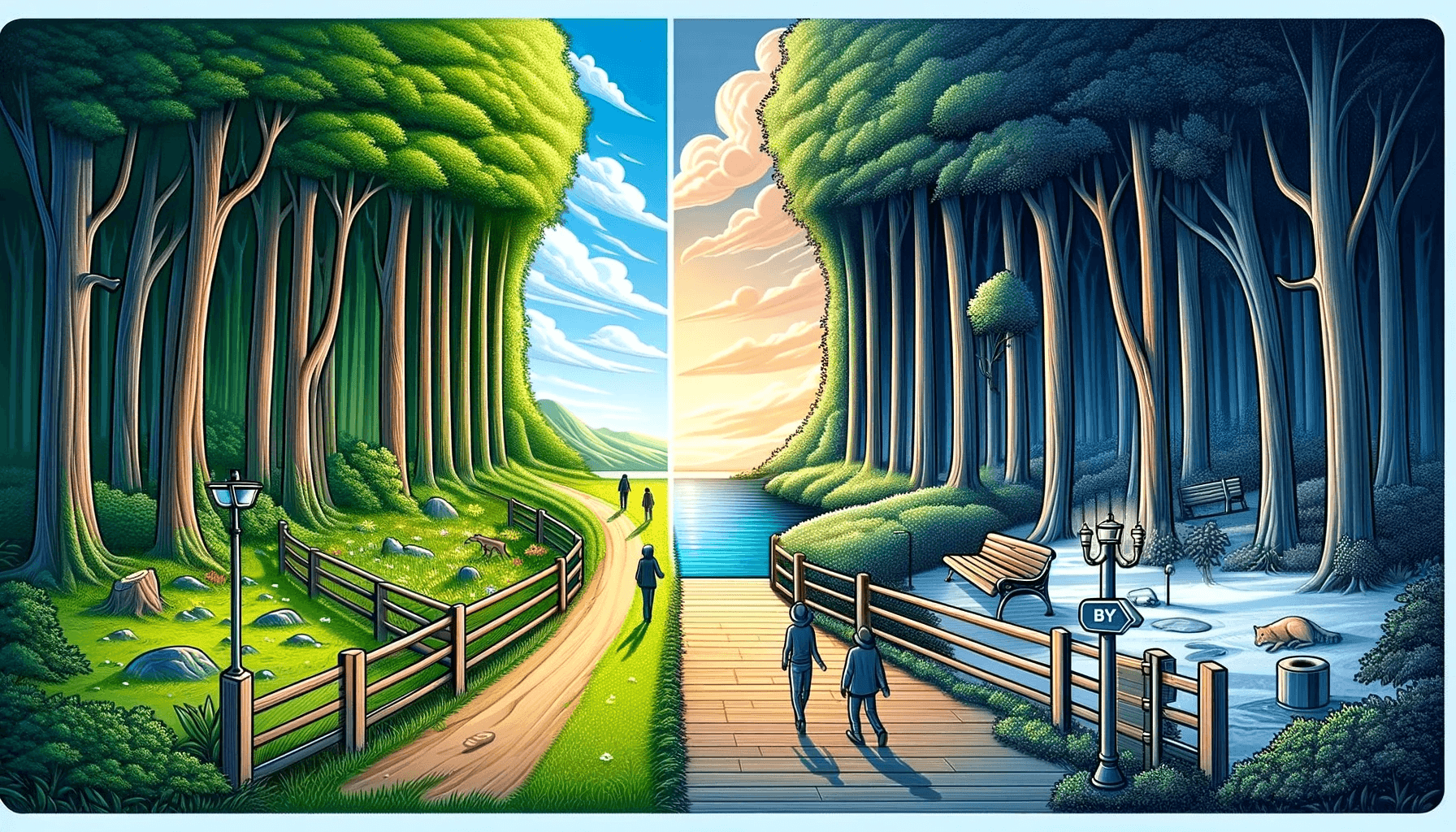In the context of space and location, use "through" to indicate movement while being surrounded by something. We use "by" to indicate proximity.
In the context of space and location, use "through" to indicate movement while being surrounded by something:
The explorers made their way through the dense jungle.
Replacing "through" with "by" in the example above would change the meaning, as "by" does not convey the sense of moving and being surrounded by something.
We use "by" to indicate proximity:
The coffee shop by the riverside was a favorite spot for locals.
The coffee shop through the riverside was a favorite spot for locals.
For time expressions, use "through" to indicate a period of time from start to finish. "By", on the other hand, suggests a deadline by which something must be done:
We remained friends through all these years.
All team members must complete their sections of the project by Monday morning.
We'll add here that "by" can also denote a means or method of achieving something:
Olivia paid by credit card. (The method of payment was with a credit card.)
Alice learned Spanish by practicing with native speakers every day.
"Through" often conveys a sense of movement, duration, or completion, while "by" can indicate proximity, means, or a deadline.

